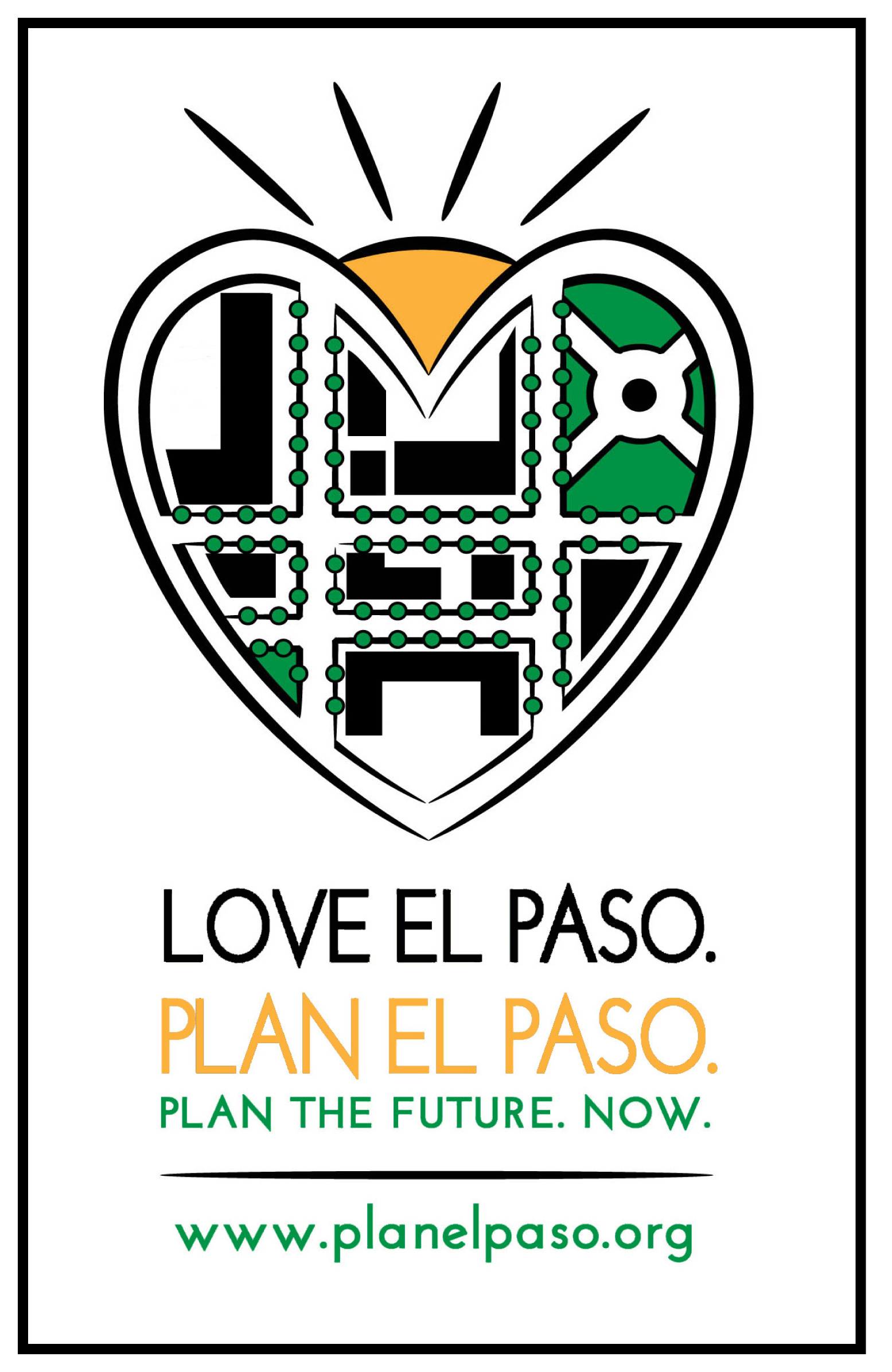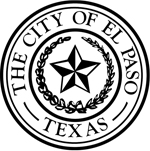The City of El Paso’s Planning Division continued its outreach by visiting the Five Points neighborhood and informing them about our SmartCode initiative. The meeting was an opportunity for residents to meet with City planners and discuss any questions they might have.
In case you missed the meeting, here’s a link and below are a list of residents’ questions and concerns.
Questions and Answers:
1. Does this involve eminent domain?
a) There is no eminent domain involved.
2. Are there penalties for not complying with SmartCode?
a) Whether there is SmartCode or not, code enforcement remains.
3. “Density,” “growth,” “walking friendly”: those words concern me. I think there are problems with these concepts.
a) Property owners are currently governed by zoning standards, often a higher intensity commercial. Those properties zoned an intense C can already open bars and other high traffic development. SmartCode wouldn’t change what property owners can already do.
b) The function of SmartCode is to regulate form rather than use, primarily. SmartCode does not encourage or preclude what is already allowed.
c) As for variances, property owners currently do have the opportunity to receive these, but must already go through the public process.
d) With SmartCode you still have to accommodate parking. SmartCode requires less parking to accomodate alternate forms of transportation, such as walking, biking, mass transit.
4. It is imperative to make the neighborhood walkable or else there is the chance that the neighborhood turns mostly commercial. You must make the streets walkable, pedestrian friendly, and narrow the streets, including bike lanes, trees, and other aesthetic concerns. In short, make the neighborhood truly neighborhood-serving.
a) The City must also do better at enforcement, e.g. obstructed sidewalks. The City must enforce street and aesthetic issues.
b) The City is taking steps to address this, although it is expensive, but is being done in some parts of the city. It is an incremental effort.
c) The street cross-sections of the SmartCode provide the type of walkable streets envisioned by this question.
5. The possibilities of SmartCode are exciting. I can walk to a café from my home. Is this transformation only going to go as fast as commercial entities pursue it?
a) SmartCode is often market-drive. But residential reinvestment drives the market. SmartCode offers tools to incentivize the market.
6. I’m a regular walker – there are a lot of broken sidewalks in the neighborhood. Are we replacing those?
a) There is currently a sidewalk replacement program but there is a queue for that program.
7. How do we plan to change the streets such as those extending down I-10 to Durazno and further south of the freeway, in particular in such a way that you’d want to walk there?
a) Over time, the hope is to have a more integrated neighborhood, in which you could walk to the south of the freeway, with connected streets and better streetscapes.
8. Are these meetings designed for the residents to vote on whether SmartCode will be implemented?
a) The hope is that this initiative is done with the support of the residents. However, a series of meetings in the future will inform whether the City proceeds with any rezoning.
9. Street trees are specifically called out as being an important component. Landscaping is expensive. How do you plan to afford this? I don’t want to pay more taxes.
a) At some point we have to determine if we are going to continue the disinvestment in our central neighborhoods or reinvest in them. The SmartCode is the tool to spur development. However, the City is open to other ideas that accomplish this.
10. Your ultimate goal seems to be to reduce automobile use. What is the problem with automobiles?
a) The SmartCode does in fact emphasize less automobile use. However, those who choose to drive will still keep that option.
11. If my house is destroyed, will I be able to build it exactly the same?
a) Under current R zoning, you could not rebuild it to the same form. SmartCode, by right, i.e. with no special permit, you would be able to.
12. My house, built with quality material, is appraised low. Why do newer homes, built with cheaper material, get appraised for more?
a) Appraisal is done by the Central Appraisal District in mass, a matter outside of SmartCode.
13. Will SmartCode override any historical designation?
a) No. That will remain intact. Historical designations look at architectural matters. SmartCode looks at the placement of the building upon the land. You can rebuild up to 50% of the replacement value of the land as a legal non-conforming property.
14. What is the sense of the SmartCode if people do not otherwise maintain their property? You should make people clean up the neighborhood before doing a rezoning.
a) That is a code enforcement issue rather than a planning issue but it still needs to be addressed by the City. Planning would be happy to put you in contact with code enforcement, and will have a code enforcement official at the next meeting.
b) Code enforcement issues and complaints can be addressed by calling 599-6290.
15. The traffic circle… is that a definite thing?
a) That is a conceptual idea, although there are ways to make this feasible.
16. I’ve heard Arizona is to be a two-way street. That doesn’t make sense.
a) Arizona and Grant have been identified by the Metropolitan Planning Organization (MPO) as potentially serving as a two-way by 2040. This is very conceptual at best right now and there is no timeline at all for implementation.
17. If I was a property owner I’d be upset if you took away my on-street parking and replaced it with angled parking.
a) These are valid concerns and we will research these ideas as part of this feedback process for discussion and presentation for the next public meeting.
18. What SmartCode does this really involve? It’s more than setbacks, right?
a) SmartCode is a comprehensive approach to neighborhood planning, which has defined human settlement from creation to the World War II era. It is characterized by mixed-use neighborhoods, smaller building setbacks, and streets and sidewalks which emphasize pedestrians rather than automobiles. Social science and human experience suggest that such urban design leads to greater quality of life.
19. How do we decide which streets are to be renovated? I’d like to see better sidewalks and bike lanes.
a) The City ranks each street in what is known as the Pavement Management System, a system in which streets are “scored” as to their condition. Streets classified as in greater need are slated for improvement before those with a lower rank.
20. Are the alleys slated for improvement? Can we park in them?
a) You can continue to park in the alley as long as the right-of-way is not impeded. In terms of improvement, that remains a matter to be addressed regardless and independently of any SmartCode initiative.




